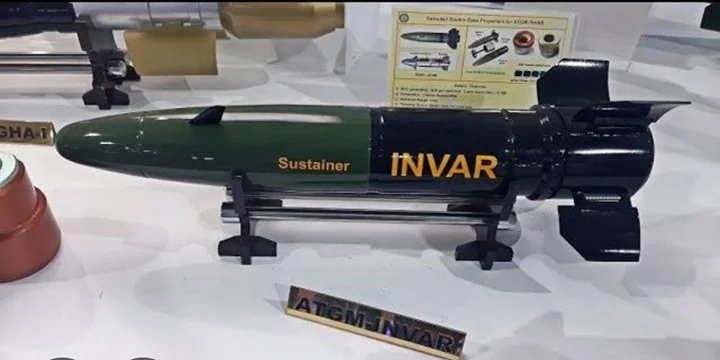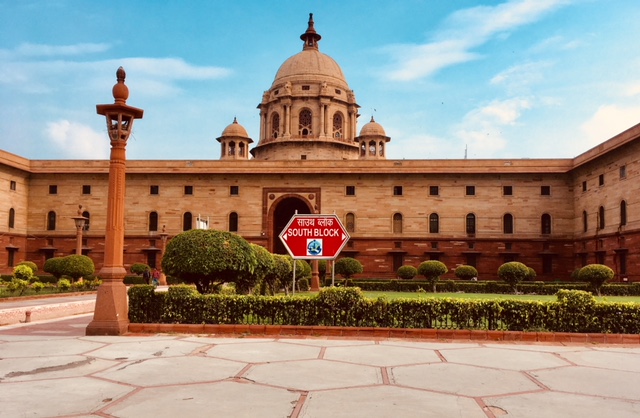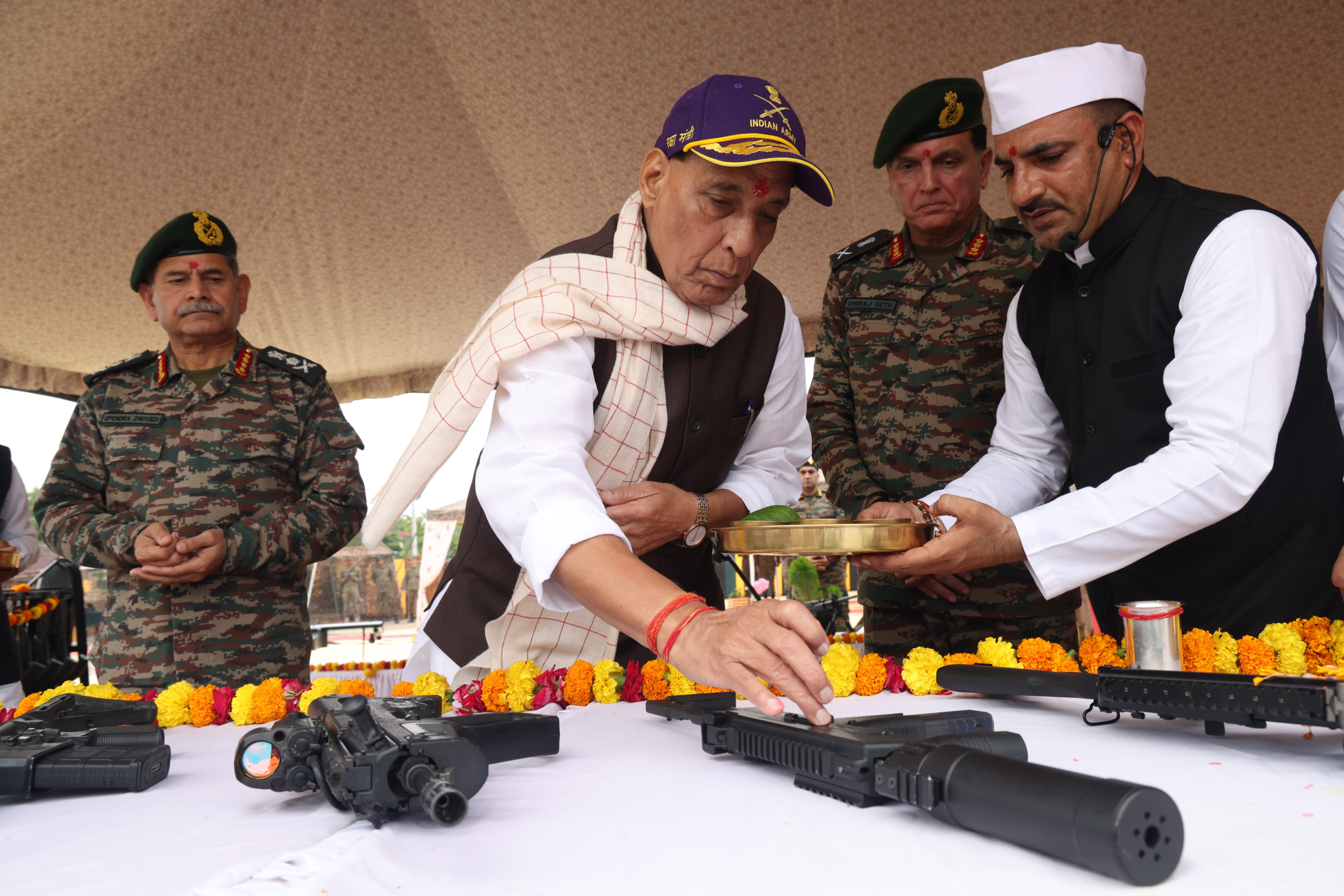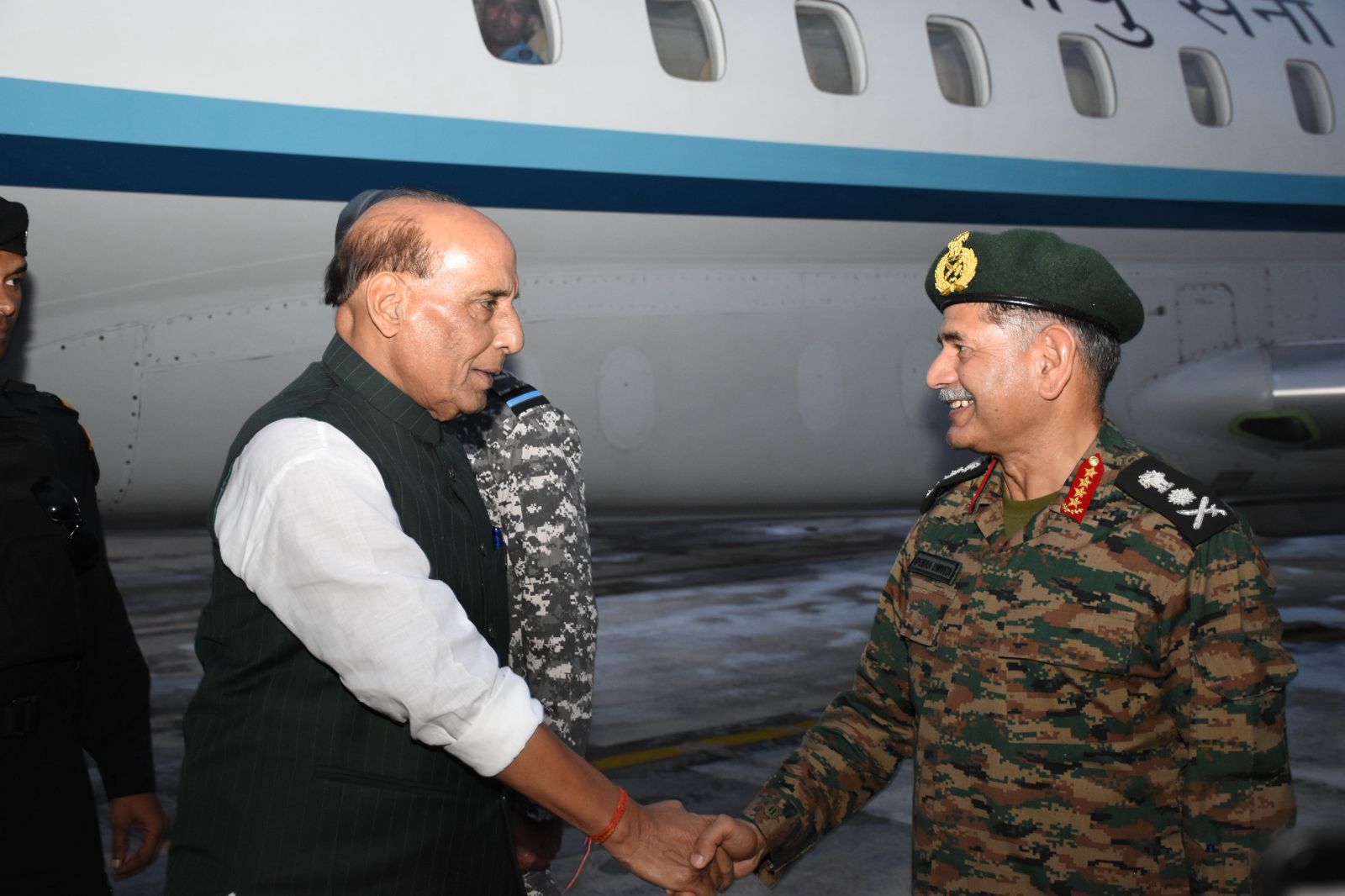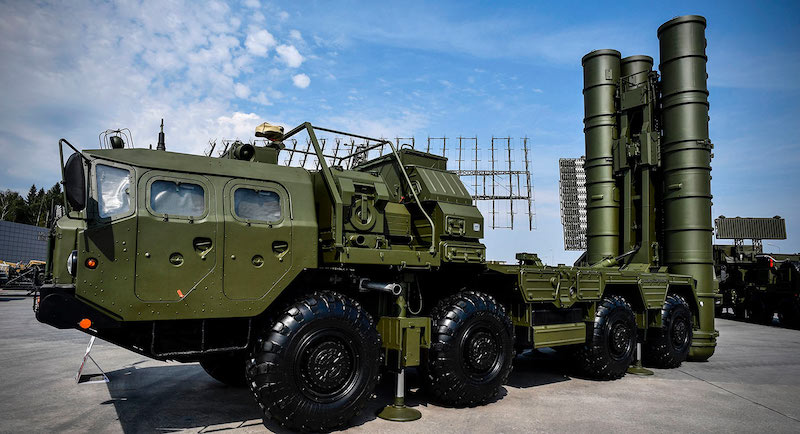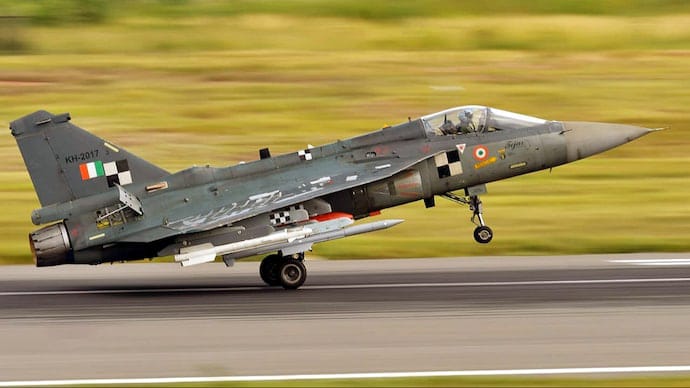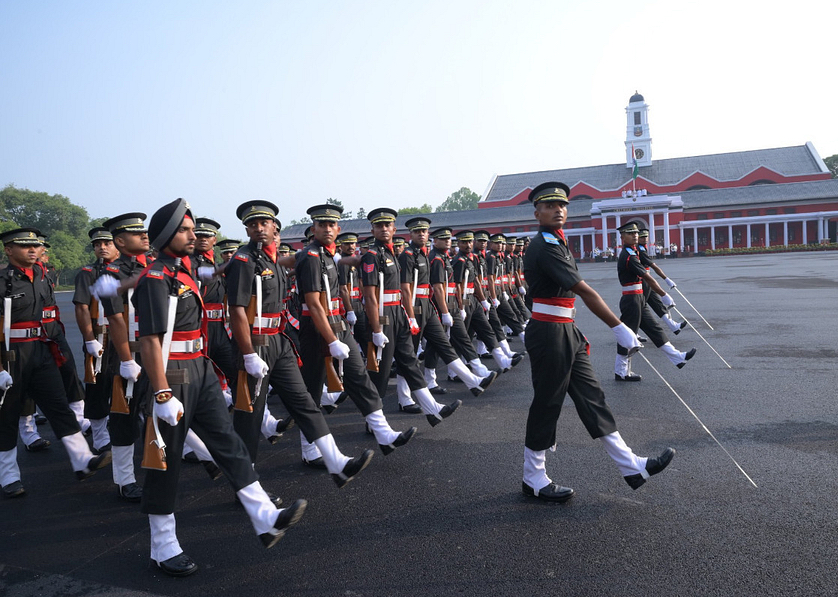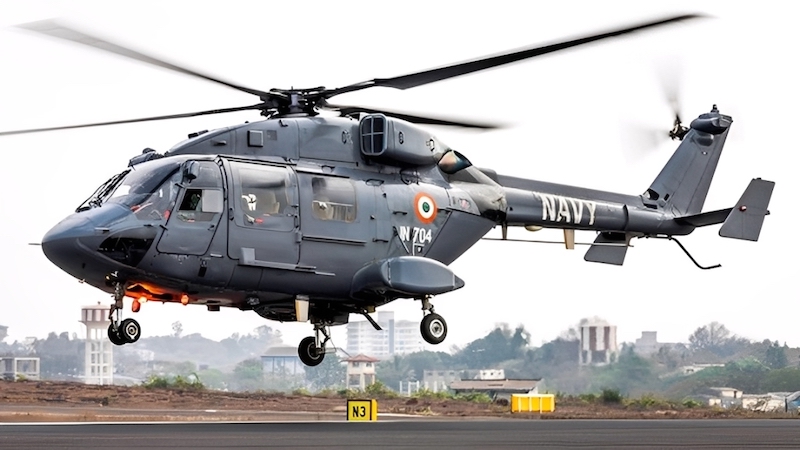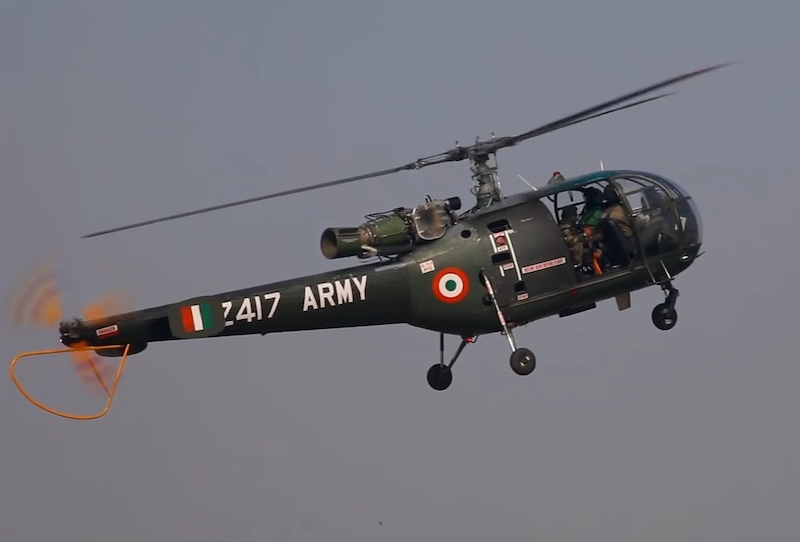 The HAL-built Cheetah helicopter (licensed French Aérospatiale SA 315B Lama) has been the Army and the Air Force’s workhorse in high altitudes since mid-1970s.
The HAL-built Cheetah helicopter (licensed French Aérospatiale SA 315B Lama) has been the Army and the Air Force’s workhorse in high altitudes since mid-1970s.
New Delhi: The Ministry of Defence has launched a major procurement initiative to replace the Indian Army and the Indian Air Force’s ageing helicopter fleet. For this, it has issued a request for information (RFI) for 200 modern reconnaissance and surveillance helicopters (RSH) valued at an estimated ₹15,000–₹20,000 crore.
The procurement, split between 120 helicopters for the Army Aviation Corps and 80 for the Air Force, marks a significant step in the military modernization drive as it phases out Soviet-era Cheetah and Chetak helicopters that have served for over four decades.
The new RCHs must be capable of day and night operations, troop transport for quick reaction teams, and casualty evacuation in high-altitude terrain. Manufacturers have until August 18 to submit proposals, with vendor meetings scheduled for August 22.
The initiative comes as the two services face operational challenges in demanding environments, particularly in the Siachen glacier region where helicopters operate at altitudes exceeding 16,000 feet. Current fleet operations include 190 helicopters across both services, but military planners estimate a requirement for over 450 light helicopters – 250 for the Army and the remainder for the Air Force.
The procurement follows the country’s “Make in India” defence policy, which requires foreign manufacturers to partner with domestic companies and establish production facilities within the country. This approach has become standard for major military purchases as the government seeks to build indigenous defence capabilities and reduce import dependence.
Drone threat drives radar procurement
Separately, the ministry has issued a request for information for air-defence fire-control radar systems capable of detecting and neutralizing drone threats – a capability that has gained urgency following recent conflicts in Ukraine, Gaza, and along India’s borders.
The air-defence fire-control radar – drone detector systems (ADFCR-DD) will be designed to identify threats ranging from conventional fighter aircraft to small, low-signature drones that have become increasingly prominent in modern warfare.
Military officials cite lessons learned from Operation Sindoor, where both India and Pakistan extensively deployed drones for both surveillance and attacks on civilian and military installations. The experience highlighted gaps in India’s ability to counter drone-swarm attacks, which prompted the current procurement initiative.
“The threat manifestation has transitioned from fighter aircraft and helicopters to low-flying, electrically operated drones having very low radar cross-sections,” according to the Army’s Corp of Air Defence officials quoted in the procurement document.
During Operation Sindoor, India relied heavily on legacy air-defence guns including L/70, ZU-23, and Shilka systems, which proved effective against drone threats but require modern radar integration for optimal performance.
The dual procurement reflects broader changes in military technology and threat perceptions. The helicopter replacement programme addresses immediate operational needs in challenging terrain along India’s northern borders with China and western frontiers with Pakistan.
The emphasis on drone detection capabilities signals India’s recognition of unmanned systems as a growing threat vector. Recent conflicts have demonstrated how relatively inexpensive drones can challenge conventional air defence systems designed for traditional aircraft.
The new fire-control radars will utilize active array technology with digital beam forming and multi-function capabilities, including track-while-scan operations in electronic warfare environments. Each system will be vehicle-mounted and capable of directing at least two L/70 guns or successor systems.
India’s defence procurement has accelerated in recent years amid border tensions with China and ongoing security challenges with Pakistan. The government has allocated increasing resources to military modernization while pushing for greater domestic production to reduce reliance on imports.
The helicopter and radar procurements represent part of a broader ₹75,000 crore modernization programme spanning multiple military branches and equipment categories over the next five years.


